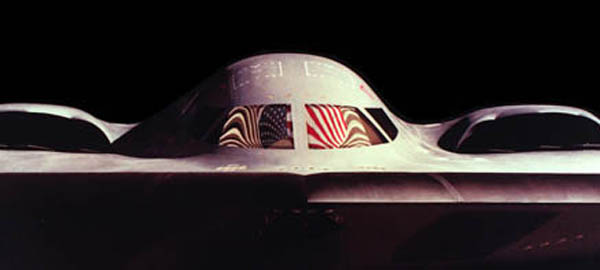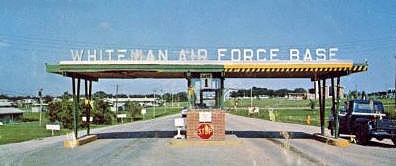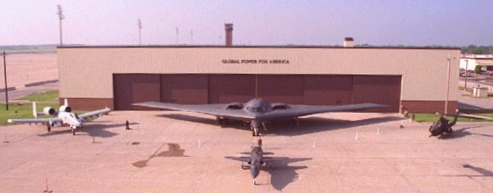| SAC Bases:
Sedalia / Whiteman
Air Force Base |
|
|

|
Sixty miles southeast
of Kansas City, nestled among the wooded, rolling hills of West-Central
Missouri, and two miles south of Knob Noster, is the bustling community of
Whiteman Air Force Base and its more than 10,000 military members, Department of
Defense civilians and Air Force family members. Today, Whiteman is the
home of the 509th Bomb Wing, which operates and maintains the Air Force's
premier weapon system, the B-2 bomber.
The challenges and demands of this unit's mission are many and varied. Yet,
Whiteman's people meet those challenges and demands daily with great pride and
professionalism which have been a proud tradition for many years.
Whiteman's proud
heritage dates back to 1942. U.S. Army Air Force officials selected the site of the
present-day base to be the home of Sedalia Army Air Field (Sedalia is one of Whiteman's
neighboring communities, some 20 miles east of base), and a training base for Waco glider
pilots, who saw action in World War II. In fact, the pilots of one former unit assigned to
the base -- the 314th Troop Carrier Group -- participated in the invasion of Sicily in
July 1943, and the D-Day invasion of Normandy on June 6, 1944.
Following the end of the war, the airfield remained in service as an operational
location for Army Air Force C-46 and C-47 transports. In December 1947, the base was
inactivated, but Sedalia Army Air Field was not forgotten.
|
|

|
With the birth of the U.S. Air Force as a separate, independent service in 1947, and
the subsequent formation of Strategic Air Command, the site of the former airfield was
considered for other Air Force missions. There was even a time in the late '40s that it
was looked at as a possible site for the "West Point of the Air," the U.S. Air
Force Academy.
In August 1951, SAC selected the base to be a site of one of its new bombardment wings,
with both bombers and tankers assigned to the unit. Construction of facilities to support
SAC's first all-jet bomber, the B-47, and the KC-97 aerial refueling tanker (the
forerunner of SAC's all-jet tankers, the KC-135 and the KC-10) began in early 1952. In
October 1952, SAC activated the 340th Bombardment Wing at the redesignated Sedalia AFB.
In October 1955, wing members saw their base's name change to Whiteman AFB, in honor of
2nd Lt. George A. Whiteman, a Sedalia native. Whiteman was one of the first American
airmen killed in combat during World War II, when his P-40 fighter, the "Lucky
Me," was shot down as he attempted to take off during the attack on Pearl Harbor on
Dec. 7, 1941.
From 1955 to 1960, the 340th BMW played a key role in SAC's mission of strategic
deterrence. Its men and women were on the front line of the nation's strategic defense --
a force for peace that helped preserve America's freedom and safeguarded the world from
another world war. However, as Whiteman entered the '60s, its mission shifted from aircraft to SAC's
newest weapon system, the Minuteman intercontinental ballistic missile. In June 1961, Air
Force officials selected the base to be the location of SAC's fourth Minuteman missile
wing-- the 351st Strategic Missile Wing.
The new missile wing was activated in February 1962, and continued its deterrent
mission until July 31, 1995, when the wing and its missiles were inactivated under
provisions of the Strategic Arms Reduction Treaty.
Whiteman's current mission -- the B-2 -- is a dramatic leap forward in
technology and represents a major milestone in the U.S. bomber modernization program. The
B-2 brings massive firepower to bear, in a short time, anywhere on the globe through
previously impenetrable defenses.
|
|

|
|
